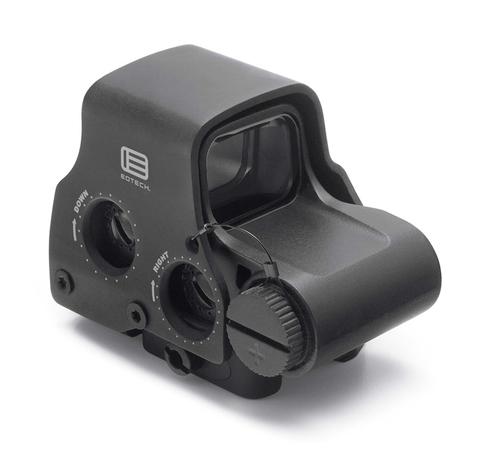
There is no denying that night vision products are one of the most iconic tools of the tactical profession. Whether you are looking for new night vision gear for on the job, for hunting, or just for fun, there are a few things you need to know before getting started. Here is a quick breakdown of what you need to know about night vision products.
Image Intensifier Tube Devices versus Infrared (Thermal) Devices
One of the first things you need to know about night vision products is that there are two main types and they are both different in a few keys ways. An image intensifier tube device makes images more intense with a night vision capability. An infrared, also called thermal, device registers and displays heat with a night vision component. While they can both be used for night vision purposes, each one is used for different reasons. An image intensifier device is usually used for surveillance, undercover operations, SWAT operations, or any other activity where you want to see what is going on in the dark. An infrared thermal device is used for search and rescue or any instance when you need to locate a human. It can also be used to find any source of heat from grow houses to running cars.
Aside from the differences in their operation and applications, there is also a price difference to consider. Thermal is the more expensive option in most cases with image intensifier tube devices being the more affordable. It is worth noting however that thermal is longer lasting. A thermal unit when properly cared for can last for decades of use while a tube device is more vulnerable to damages based on the design elements.
Judging Quality of the Device
Now that you know the two main types of night vision devices, there are a few things to know regarding gauging the quality of the device based on the type. When looking at thermal night vision, the best way to tell quality is to look at the resolution. A good resolution is around 320 x 240, but a handheld unit can get by with 640 x 480 and get the job done. When looking at image intensifier tube devices, the matter of quality is a bit more involved than just resolution. You want to look at optical elements and the tube itself as well the tube coating. For example, a higher performing tube when paired with the wrong optics is a bad choice. The image edge area should be right for the tube to avoid a fish eye effect or any distortion when looking through the lens. When looking at resolution in this type of device, you want to aim for around at least 45 lp/mm with a rating of 64-72 being an exceptional quality for this type of device.
Additional Information
- Make sure you don't drop the night vision device. This is the most common source of damages to this type of product. You can very easily end up cracking the lenses or breaking the inner workings of the device from the impact of a drop. Thermal tends to be a little sturdier than tube-based devices but dropping either one can cause problems.
- Always use the protective case. Most night vision products come with a case. You want to store your device in the case when not in use. This will protect it from dust, scratches, and other aspects of damage.
- Invest in glass filters for further protection. When you add glass filters to the lenses, you add an extra layer of protection without changing the performance of the optics.
- Consider training with the device. Whether you are using it for hunting, fun, or on the job, a little training beforehand is always a good idea. It allows you to familiarize yourself with the device and how to best use it for your needs.
